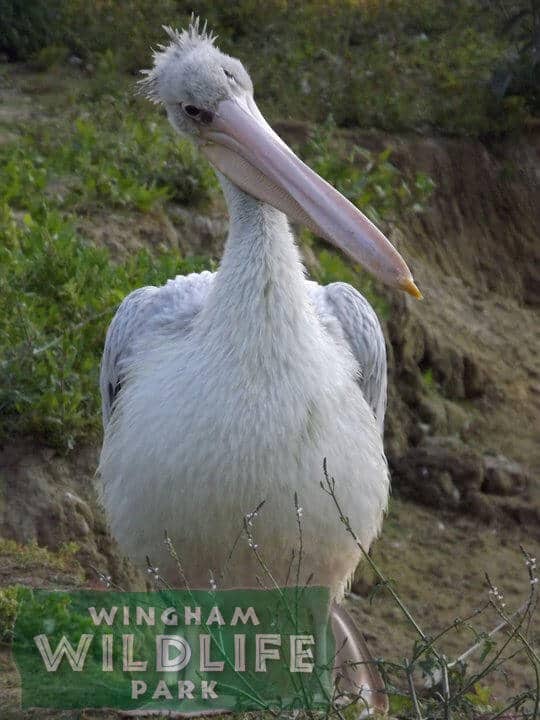
Pink Backed Pelican Natural History
Size
These birds can have a wing span of almost 8 feet and weigh on average around 5.5 kg.
Habitat and Distribution
This bird migrates great distances but spends most of its time in swamps and shallow lakes in Africa and Southern Arabia. They used to breed regularly in Madagascar but all populations from there are now extinct.
Age
These birds are known to live for around 30 years.
Diet
The majority of this bird’s diet is made up of fish however they will also feed on a number of amphibians.
Groups and Breeding
After breeding the females will lay 2 to 3 large eggs. Once these eggs have hatched the young feed from partially digested, regurgitated food which they pick out of the adults throat pouch. These birds generally live in groups, especially while hunting for fish.
Threats
These birds are not classed as threatened however as is shown by the extinction of their Madagascan populations they are affected by hunting and human encroachment on their habitat, which if not monitored could lead to further population reductions in this species.
Interesting Facts
This bird flutters cool air over the moist skin of their throat pouch to cool themselves down.
Pink Backed Pelican During Your Day Out in Kent
We have three Pink Backed Pelicans at Wingham Wildlife Park, Barry, Robyn and Maurice. They can often be seen preening themselves on/around their lake next to the walk through flamingo exhibit. Their main diet here at the park is herring.
The more you know…
Want to know more about this animal? Check out our keeper blogs about them here.
How Birds Stay Cool, and How You Can Help
Fantastic Feathers Part II: How Do Birds Care For Their Feathers?